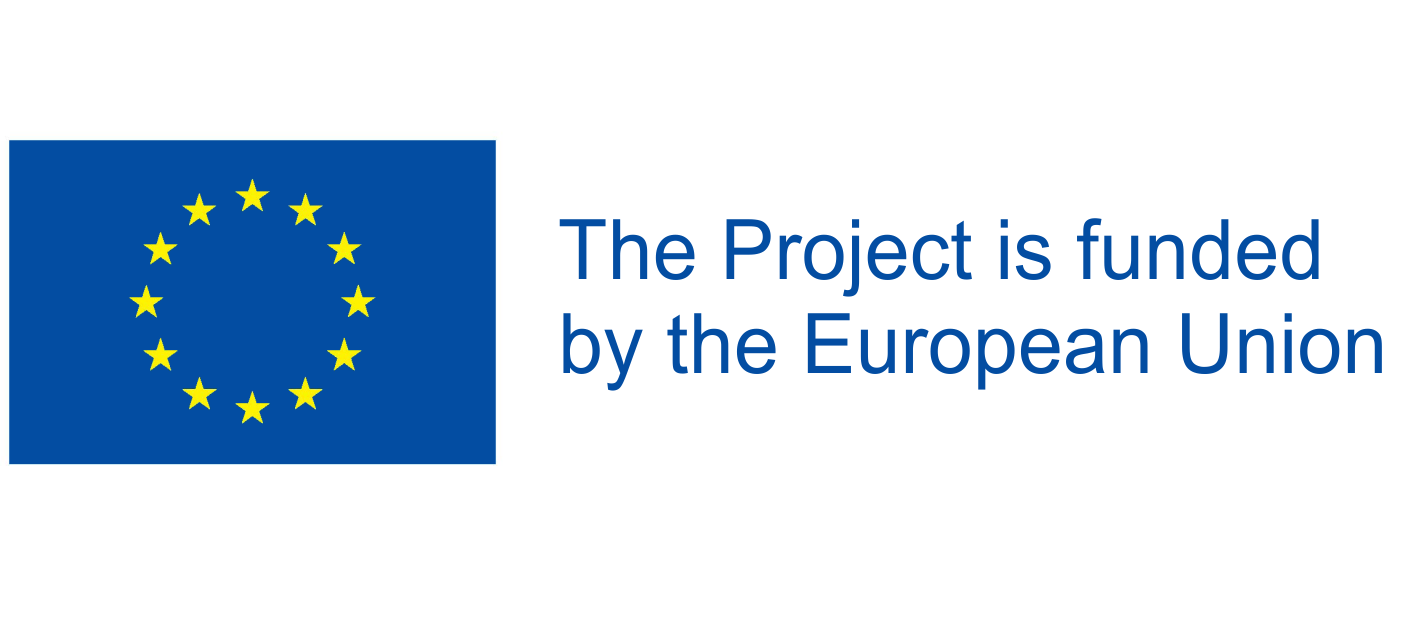Lesson Plan Series: Reflection on Gender & Physics
The lesson plans describe seven teaching units on topics from the research field of gender and physics to be used at university courses, recommended in particular for physics students or gender studies students.
While research on the relation between gender topics and physics from a historical, sociological and epistemological perspective is highly dispersed, there exists almost no pedagogical implementation of this scholarship. Physics in the whole of Europe misses a structured and general inclusion of gender concerns in its teaching; meanwhile, gender courses often exclude knowledge about the dynamics and peculiarities of STEM. The lesson plan series “Reflections on Gender & Physics” fills this gap in an innovative and application-oriented way. The lesson plans allow for the concrete preparation and conduct of seven courses on gender and physics. The seven themes we selected consider transnational, multicultural and intersectional aspects. The lesson plans cover the following topics:
Lesson Plan 1 – Identifying and Breaking Stereotypes
Lesson Plan 2 – Dis/ Encouragements in Becoming a Physicist
Lesson Plan 3 – Doing and Undoing Bias in Academia
Lesson Plan 4 – Networking against Structural Inequalities
Lesson Plan 5 – Career Stages and their Shifting Challenges
Lesson Plan 6 – Prevailing Interaction Patterns in the Lab
Lesson Plan 7 – Finding Suitable Work Place Cultures
The aim of each lesson plan is to understand how gender inequalities are constructed and reproduced during the interactions in labs and class rooms while doing physics. On the one hand, the students learn to uncover the often subconscious processes which lead to underrepresentation of women in physics at all levels. On the other hand, the basic structural dynamics linking gender effects in science and society are taken into account.
Each lesson plan represents a teaching unit of 180 minutes and contains an introduction into the topic, information on objectives, a detailed schedule and teaching instructions, a work sheet for use in class with tasks for the students, a list of obligatory and additional literature, accompanied by lists of additional resources and materials. The approach of the lesson plans makes it as easy as possible for teaching staff all over Europe to conceptualize gender courses and empowers both students and teaching staff to engage with the relevance of gender in physics.
Taken together, the lesson plans provide the material for a full course on gender & physics covering a set of key issues based on research in science studies. Parts of the lesson plans can be integrated in either general courses on interdisciplinary gender studies or specific courses on gender in STEM. Individual units can supplement social and natural science courses that wish to point out specific gender dimensions in a reputedly gender-neutral field of knowledge production. The resources can be used in classrooms from an undergraduate level onwards.
The material is intended for those who have an interest in gender and science studies, including gender equality experts with a professional interest in the STEM disciplines. Another important target group are students and scholars from Women and Gender Studies in the social science and humanities departments, most notably in the fields of history of science, STS (Science and Technology Studies) and science education. The lesson plans can be used separately for courses on Feminist Epistemologies or Feminist Knowledge Production that address the interrelations between science, nature and culture, and the co-constitution of gendered bodies with material objects, instruments and other technologies.
 |
The creation of these resources has been (partially) funded by the ERASMUS+ grant program of the European Union under grant no. 2016-1-DE01-KA203-002918. Neither the European Commission nor the project's national funding agency DAAD are responsible for the content or liable for any losses or damage resulting of the use of these resources. |
 |
